Father Tongue
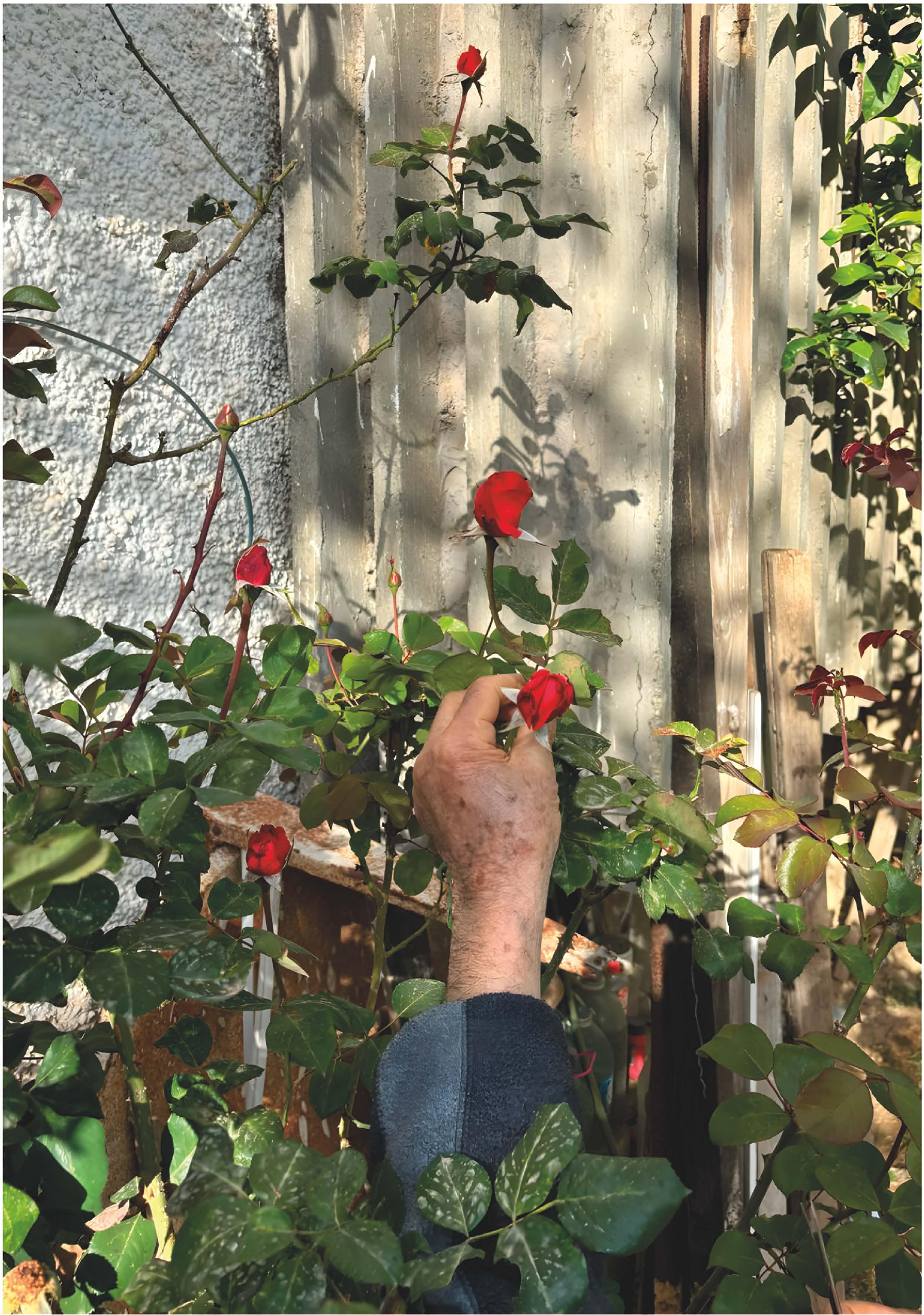
Having travelled there with my Algerian father, we stayed together at my grandfather's house and, over the course of two weeks, undertook a profound exploration of modern and contemporary art, personal identity and memory.
One of our first visits was to the city's Musée National des Beaux-Arts. There, as I stood before Les Casbahs ne s'assiègent pas (The Casbahs Are Not Besieged, 1961-82) by Mohammed Khadda, one of Algeria's leading modernist painters, I recalled wandering the same labyrinthine passages that the artist depicts in his work as a site of resistance against French colonial occupation. (France annexed Algeria in 1834, with the country only regaining independence in 1962.) A stronghold of the Algerian Front de libération nationale (National Liberation Front), the Casbah's dense architecture and narrow, winding alleys rendered it nearly impenetrable to French forces, making it a site of refuge and resistance.
Alongside important pieces by Khadda, the Musée National des Beaux-Arts also holds a significant collection of works by Baya (Mahieddine) and M'hamed Issiakhem, who, along with Khadda and others, helped establish modern painting in Algeria. In 1963, just one year after independence, Khadda and Issiakhem were among 12 co-founding artists of the l'Union Nationale des Arts Plastiques (National Union of Plastic Arts). Four years later, in 1967, Baya became the only female signatory of the Manifesto of Aouchem, a postcolonial artistic collective that took its name from the Indigenous Amazigh practices of body art. Members of Aouchem sought to ground their work in visual heritages they believed had evolved from the prehistoric cave paintings of the Tassili Mountains.
Denne historien er fra Issue 249 - March 2025-utgaven av Frieze.
Start din 7-dagers gratis prøveperiode på Magzter GOLD for å få tilgang til tusenvis av utvalgte premiumhistorier og 9000+ magasiner og aviser.
Allerede abonnent ? Logg på
Denne historien er fra Issue 249 - March 2025-utgaven av Frieze.
Start din 7-dagers gratis prøveperiode på Magzter GOLD for å få tilgang til tusenvis av utvalgte premiumhistorier og 9000+ magasiner og aviser.
Allerede abonnent? Logg på
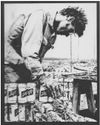
Waste Wizard
How a new kind of brick helped pave the way for sustainable architecture by Carson Chan

Mend and Repair
Object Lessons: At the Wexner Center for the Arts, Maria Hupfield crafts objects which link time, place and memory by Caitlin Chaisson
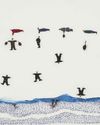
Britta Marakatt-Labba
While the act of piercing fabric with a needle may seem slight, it has the capacity to create great strength.

'I have always felt that art can change the world, and I make art to prove it.'
Interview: Gregg Bordowitz discusses his exhibition at The Brick, Los Angeles, the challenges of survivor's guilt and how art can build communities around shared experiences Interview by Jeremy Lybarger
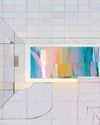
Postcard from Chicago
Finding reprieve in the Windy City from the immediacy of the art world by Marko Gluhaich
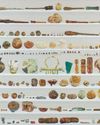
Towards a New Museology
Gala Porras-Kim wants us to rethink how art institutes honour their holdings by Simon Wu
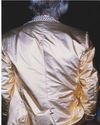
Then Came a Stranger
Oral History: From its roots in the New York art and theory scene of the 1970s to its transformative impact on global intellectual discourse, Semiotext(e) continues to defy boundaries, bridging avant-garde literature, radical philosophy and underground culture
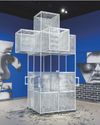
The International Banal
Object Lessons: Haegue Yang writes poetry with household goods by Brian Dillon
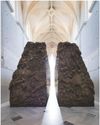
Delcy Morelos
Cinnamon, cloves, cocoa, tobacco: you'll smell Deley Morelos's works before you see them.
